Regenerative Medicine: Stem Cell, PRP and Prolotherapy
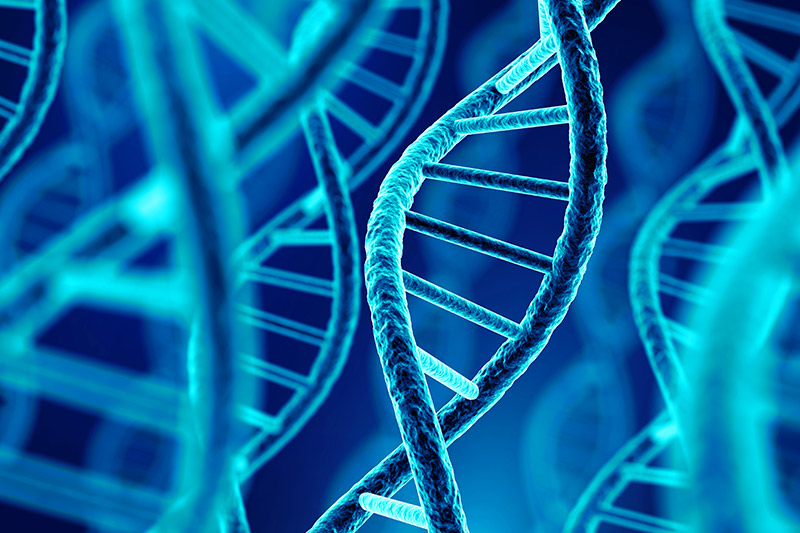
Regenerative medicine is an integral component of helping people alleviate pain, improve mobility, and enhance their quality of life. It often involves the use of your body’s own tissues to initiate the natural healing process to repair tissues lost due to disease, degeneration, age, or injury. This can reduce the need for medications which can have side effects.
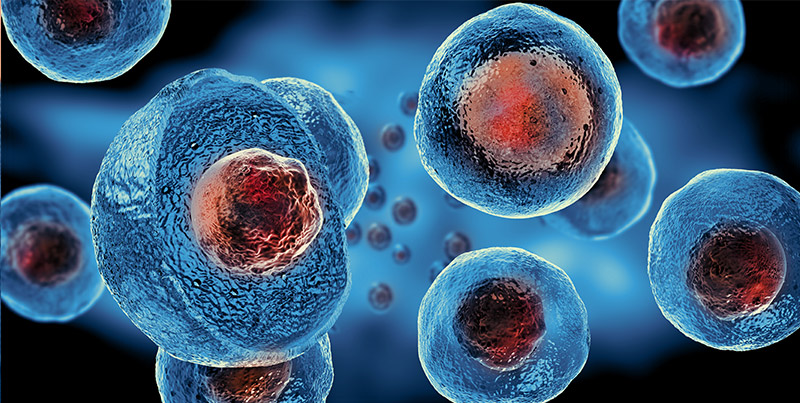
Regenerative medicine includes stem cell, platelet rich plasma (PRP), and prolotherapy injections. The treatments have the potential to heal damaged tissue, giving hope to many patients whose conditions don’t respond to conventional treatments. Regenerative therapies may also help avoid or postpone the need for surgery.
Who is a candidate for regenerative medicine?
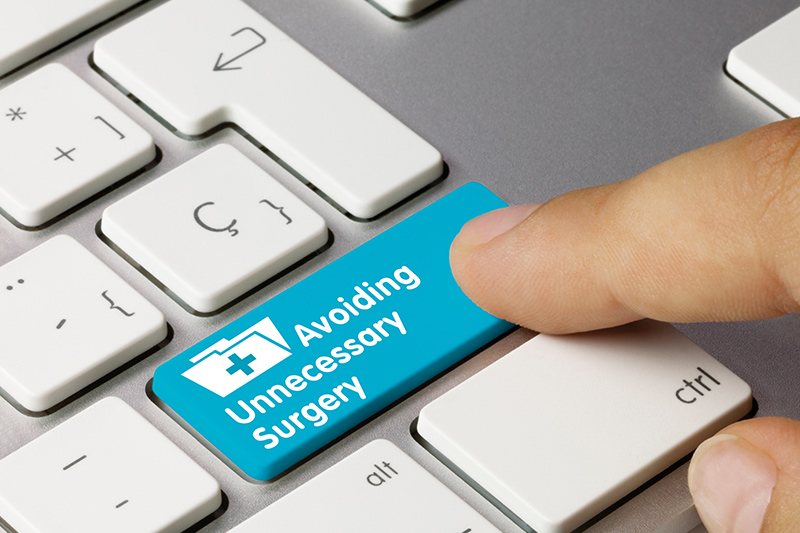
Some of the painful conditions that can be successfully treated with regenerative medicine include:
- Osteoarthritis of the knees, shoulders, and hips
- Rotator cuff tears
- Wrist and joint pain
- Plantar fasciitis
- Tendonitis
- Bursitis
- Tennis or golfer’s elbow
- Muscle and tendon injuries
- Degenerative Disk Disease
- Soft tissue injuries
- Sports injuries
Prior to recommending regenerative medicine treatments, the doctor will first complete a thorough history and physical exam to identify the source of the problem and to determine if there are any underlying conditions that may hinder the healing process. The doctor may then use various non-invasive tests to detect the presence of disease and injury, including:
- MRI
- X-ray
- Musculoskeletal ultrasound
The findings will then be used to design and provide a focused and individualized treatment plan based on regenerative medicine techniques, such as those described below.
Stem Cell Therapy
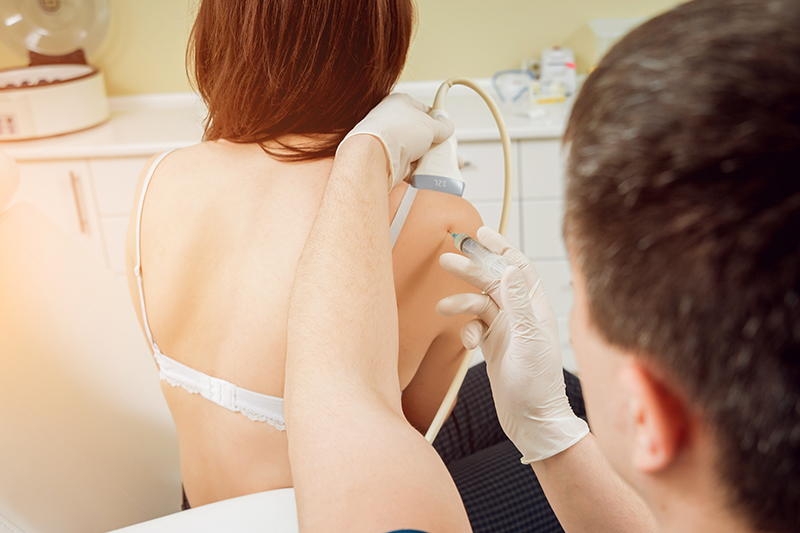
Stems cells play a key role in the body’s natural healing process. They are considered the “Mother Cells” and can divide to form new cells that either become new stem cells (in a self-renewal process) or replenish specialized cells (differentiation) to serve specific functions in the body, such as blood cells, cartilage, or muscle cells.
To manage inflammatory conditions, joint pain associated with cartilage damage, and mild to moderate arthritis, the doctor may utilize stem cells and inject them precisely in the areas necessary to help promote the body’s natural reparative process.
Platelet-Rich Plasma (PRP) Therapy
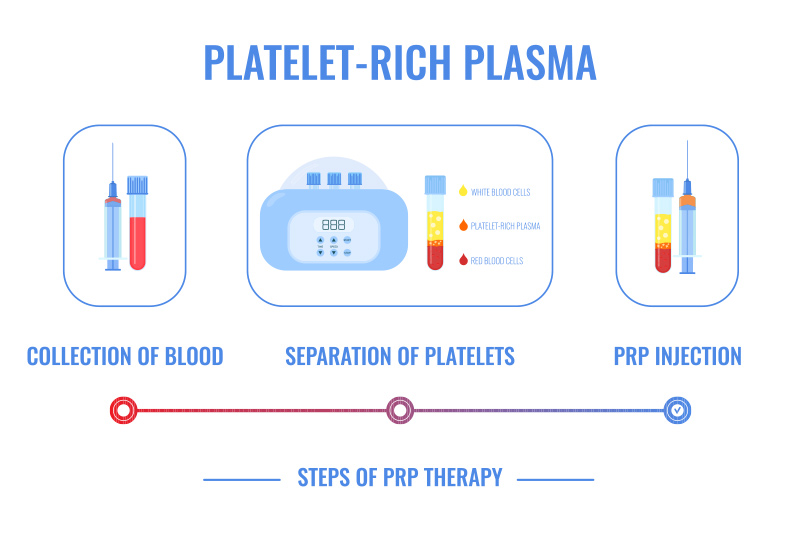
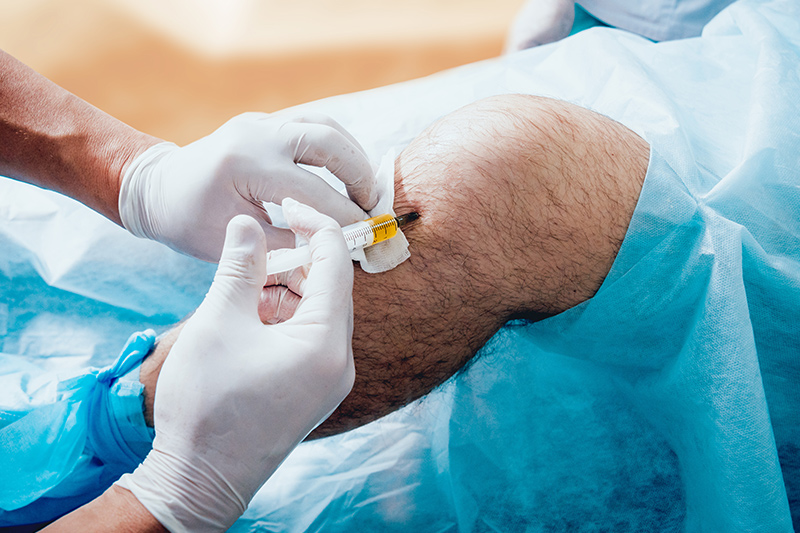
Platelets are one of the primary components in blood, and are responsible for triggering the natural healing cascade when there is an injury. They also contain proteins that promote blood clotting to prevent excessive bleeding, and growth factors that facilitate fast wound healing. PRP Therapy involves drawing a small amount of blood from the patient, which is then spun in a specialized centrifuge to separate the platelet rich plasma. The high concentration of platelets is then injected into the area that needs healing and repair. By increasing the local platelet count, this can trigger and strengthen the body’s natural repair and healing process in the injured area.
Prolotherapy injection
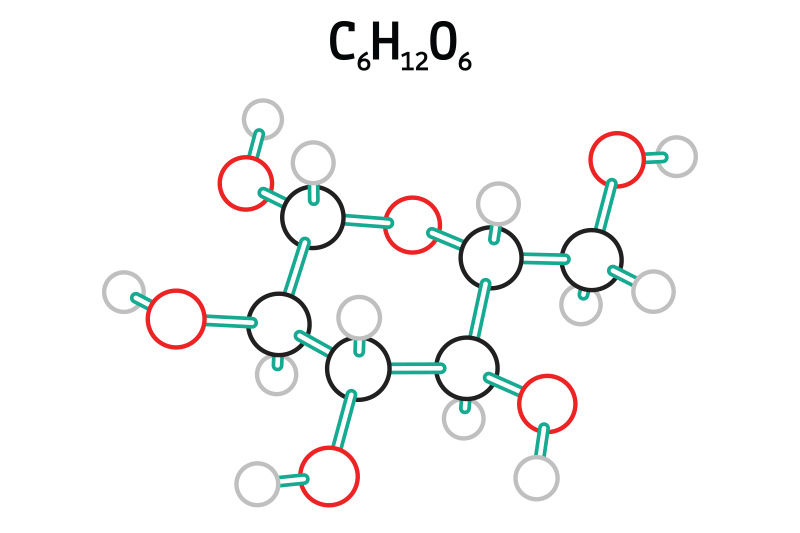
This treatment involves administering a series of dextrose injections (a few weeks apart) at the site of weakened structures to promote the growth of normal cells. This treatment can also invoke the natural healing mechanism of the body to strengthen and repair damaged tissues. The goal is to reduce pain and maximize function of the joint or structure. Prolotherapy is often used to treat sports injuries, auto accident injuries, and overuse injuries amongst others.
At Orthopedic Pain Institute, we will develop a highly specialized plan to treat your individualized needs. Schedule your consultation to learn more about how regenerative medicine can help you.


